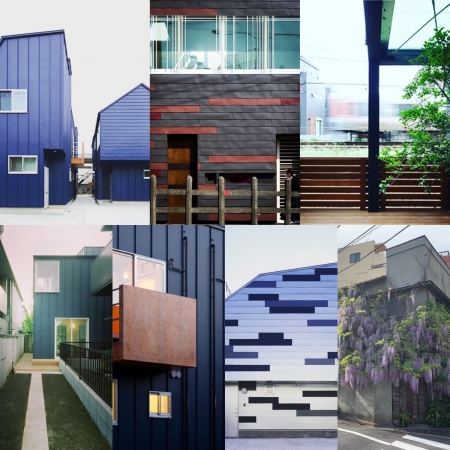街並みを改変する二面性
分節は周辺環境のスケールに合わせるためである。一塊が示すスケールは周辺にある建築のスケールと齟齬を起こす。だから、周辺の建築のスケールに合わせるように分節するのが常套手段で、その分節の仕方をデザインすることは良いとなる。ここには周辺のスケールと合わないことは駄目であり、スケールを合わせることは望ましいという前提がある。その前提を横展開してみる。スケールを合わせることは望ましいのだが、分節の仕方まで周辺の建築に合わせる必要はなく、周辺の建築ができない分節をしてみたらどうなるかをみてみる。もしかしたら、スケールを合わせることで街並みには素直に挿入されるがその場所だけの風景が生まれ、街並みに合いながら、街並みとは違う空間を持つという二面性を持ち合わせた建築が生まれ、上手く良い方向に街並みを改変できるかもしれない。
"Duality that changes the cityscape"
The segmentation is to match the scale of the surrounding environment. The scale indicated by the mass is inconsistent with the scale of the surrounding architecture. Therefore, it is common practice to segment a building to match the scale of the surrounding architecture, and it is good to design the way of segmentation. There is a premise here that it is not good if the scale does not match the surrounding scale, and that it is desirable to match the scale. Let's expand on that premise. It is desirable to match the scale, but it is not necessary to match the way of articulation to the surrounding architecture. Perhaps, by matching the scale, it will be inserted obediently into the townscape, but it will create a landscape that is unique to that place, and it will create an architecture that has the duality of having a space that is different from the townscape while matching the townscape. You may be able to change the cityscape in the direction.


